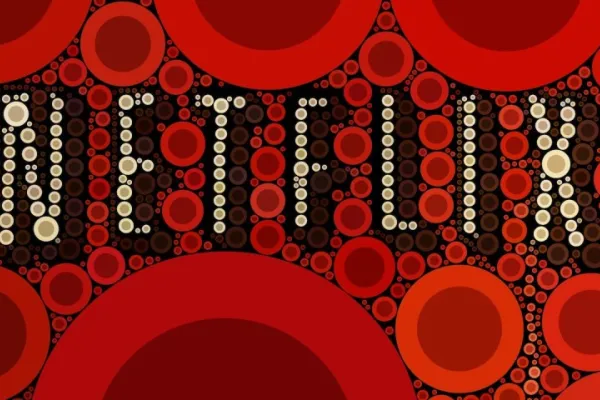 Details
Details
Bidtellect, the Native platform built for marketers, and TripleLift, the largest Native advertising platform and exchange as measured by comScore, recently announced a partnership with the aim of “transforming Native experiences for marketers, publishers and consumers” according to a statement by the two companies.
We asked Bidtellect CEO Lon Otremba about the new partnership and what it will actually mean for the growing technology side of native advertising as shown in our 2017 Native Advertising Technology Landscape infographic.
What will the new partnership mean for customers of Bidtellect and how will they 'notice' it?
Our partnership with TripleLift is front and center on our platform and will deeply impact all our advertiser partners. Integrations with their publishers and technology opens access to their premium inventory for our demand, enabling advanced content executions in a high-quality Native programmatic environment.
RELATED: Here’s The 3 Main Tips For Native Video
Since we announced the partnership the feedback has been extremely positive and exciting as the market and our clients realize that we are bringing Native and content distribution to the next level of sophistication. This response is indicative of where the market is moving, and the growing investment in content.
Is further consolidation needed when it comes to native programmatic services and why?
We won’t see consolidation for consolidation’s sake, but yes, further partnerships will be necessary. In the case of the Bidtellect/TripleLift partnership, we unified the core value prop of two major Native players. At Bidtellect we are dedicated to developing and delivering the most advanced Native programmatic buying tools and TripleLift has the same focus but on the supply side. The complementary nature of the focus comes together so perfectly.
The preference is decidedly toward robust, large-scaled platforms
At a macro level in the digital ecosystem, on both sides -- the demand side with marketers and ad buyers, and on the supply side with publishers -- the preference is decidedly toward robust, large-scaled platforms and away from single-point solutions. So partnerships that are complementary to each other’s greatest strengths or ones that unify single point solutions, will continue to be embraced by the marketplace, as ours with TripleLift is now.
RELATED: What Is Native Advertising?
The client side is still confused regarding what programmatic can do for them and which services to choose. How do you deal with those issues at Bidtellect?
Every advertiser is different. At the beginning of a partnership we start by understanding what the client is looking to accomplish. We consider long term goals, short-term goals, varying campaign objectives, etc. For us, being a technology platform, Programmatic is just the method by which we are effectively accomplishing marketers’ campaign objectives. We work with the client to understand how we can apply our resources against their needs to determine how they wish to activate their media plans. Whether that be through programmatic teams or our own staff, we are agnostic to the approach. Our goal is to be a real partner to our clients and help them successfully navigate a complicated ecosystem.
Once brands reach about 21% spend of their budget on Native programmatic they have a better understanding of how effective it is
In a recent survey by Bidtellect, we discovered that once brands reach about 21% spend of their budget on Native programmatic they have a better understanding of how effective it is. Our own research shows that there is a percentage of folks that understand, but we still need to bring the right clarity and resources to make their strategies as effective and efficient as possible.
How can programmatic deal with its low penetration despite a surge in adoption in 2016? (according to research by MediaRadar)
Real Native Programmatic is still not available in most programmatic environments because there remains to be many scalable technology platforms that can accommodate the growing demand. This is the only reason that penetration has not been as great as it could be. With that said, as the market is realizing that these technology platforms built for Native programmatic do exist, we are seeing greater penetration. There has been a major transition from experimentation to actual execution in terms of global MSA deals that enable tremendous scale for Native programmatic.
RELATED: 15 Key Terms You Need To Know About Programmatic Native
This shift in the market is why our partnership with TripleLift is so valuable. We are delivering a synergy between advertisers and publishers in Native that is opening deeper penetration than previously seen. Working with TripleLift has been a catalyst for Native programmatic, and we are looking forward to continuing to bring these capabilities and global access forward.
The past weeks have seen increasing criticism of the lack of transparency in advertising - including when it comes to programmatic services. What can/should the industry do to counter that?
Challenges in transparency are affecting all mediums across the advertising sphere – TV, radio, online etc., but I believe that transparency is only your enemy if you’re trying to hide something.
At the core of transparency issues is a lack of understanding throughout the digital advertising ecosystem
Unknown costs are often referred to as a “tech tax,” which while justified to those who are familiar with the process, may be cause for questioning for those that don’t. It is incumbent on all players in the ecosystem to ensure cost structures are clearly communicated and understood.

